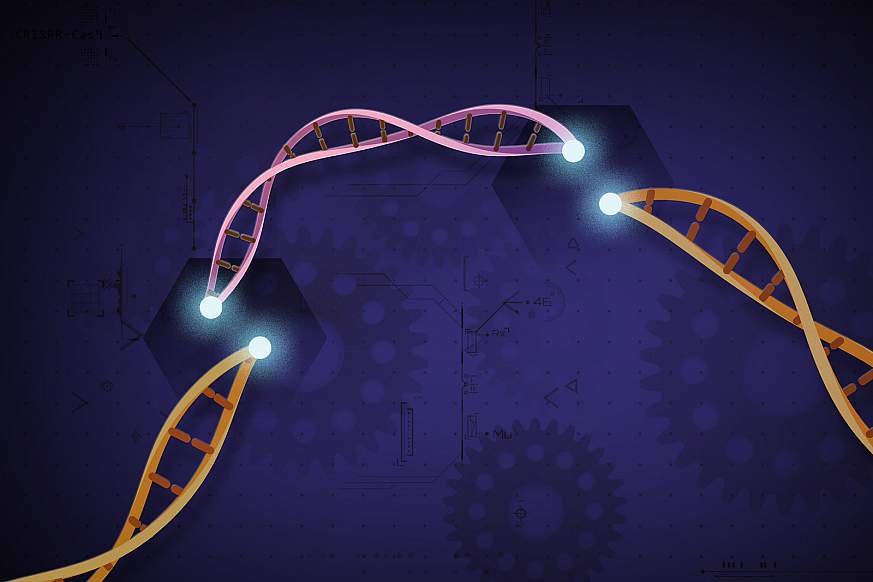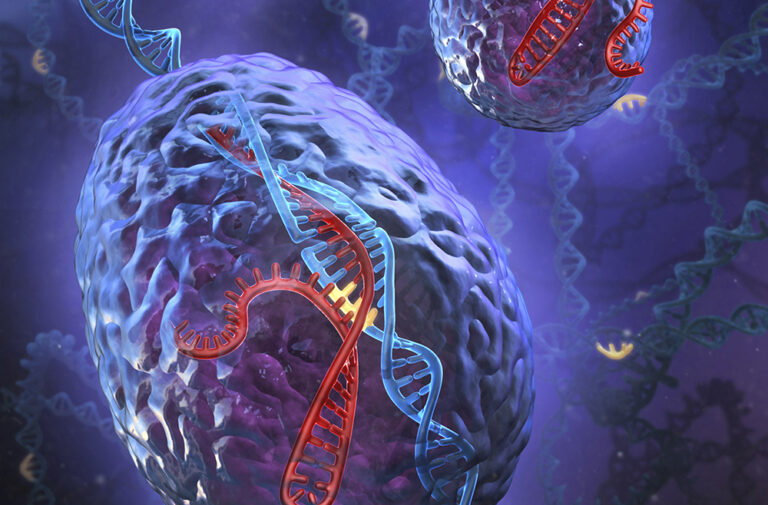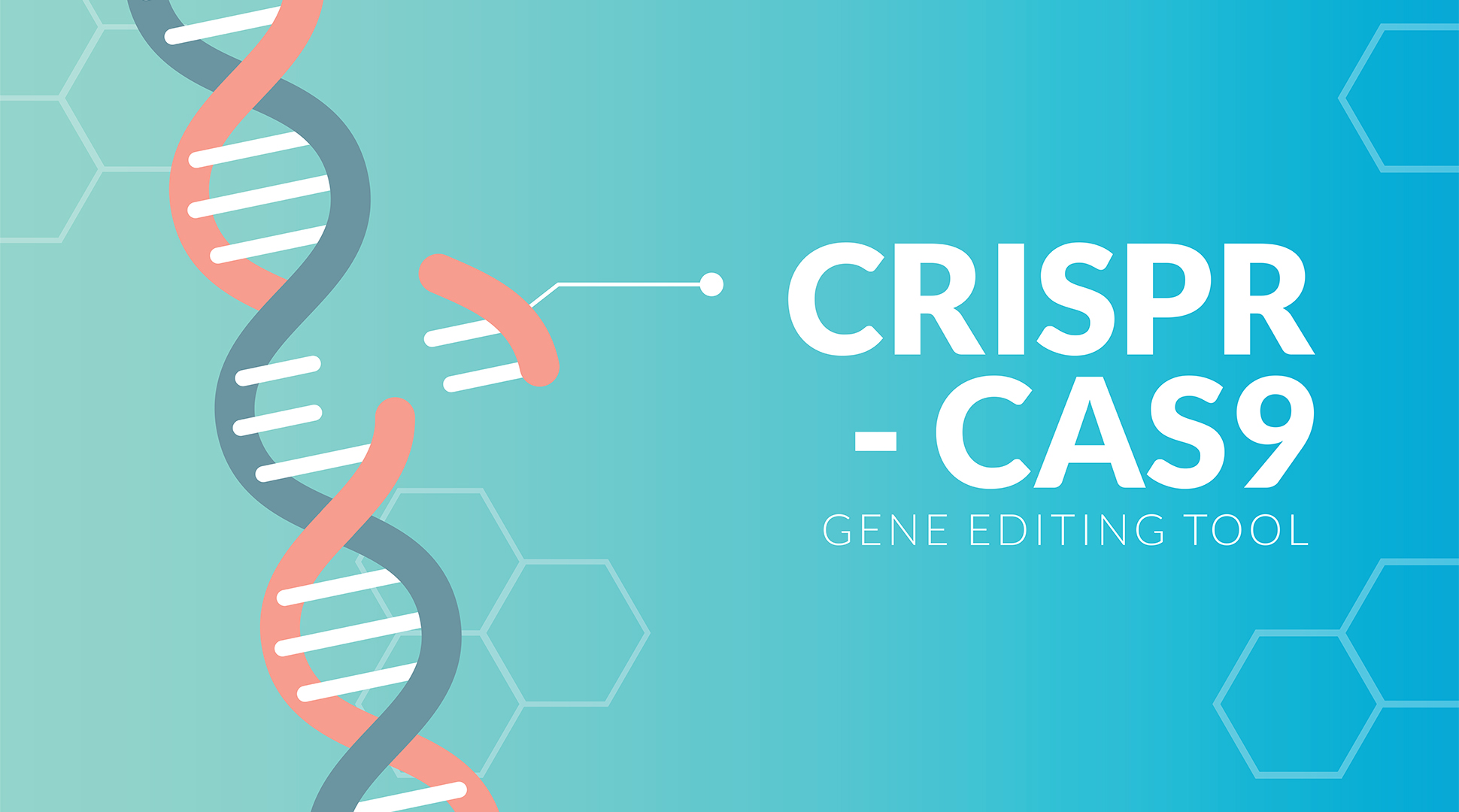

CRISPR Array: This is a series of repeating DNA sequences separated by short, unique sequences derived from viruses or other genetic elements. These unique sequences are called "spacers" and represent the genetic material of past viral infections that the bacteria have encountered.
Cas (CRISPR-associated) proteins: These proteins work alongside the CRISPR arrays. They are responsible for recognizing the viral DNA sequences and cutting them out of the genome when the virus tries to infect the bacterium again.
click hereCRISPR, which stands for "Clustered Regularly Interspaced Short Palindromic Repeats," is a revolutionary technology used for precise gene editing. It was originally discovered as a natural defense mechanism in certain bacteria against viral infections. These bacteria would capture snippets of viral DNA and store them in their own genomes within the CRISPR regions.
click here
In gene editing applications, scientists have harnessed the CRISPR-Cas system, specifically the Cas9 protein, to create targeted changes in the DNA of various organisms. This is done by designing a small piece of RNA, called "guide RNA," that is complementary to a specific DNA sequence of interest. The guide RNA directs the Cas9 protein to the precise location in the genome where the DNA needs to be modified. Once the Cas9 protein binds to the DNA, it creates a double-stranded break in the DNA molecule.
CRISPR technology has revolutionized genetic research and has vast implications for various fields, including medicine, agriculture, and biotechnology. It enables scientists to study gene functions, model diseases, develop new therapies, and enhance crops.
click here